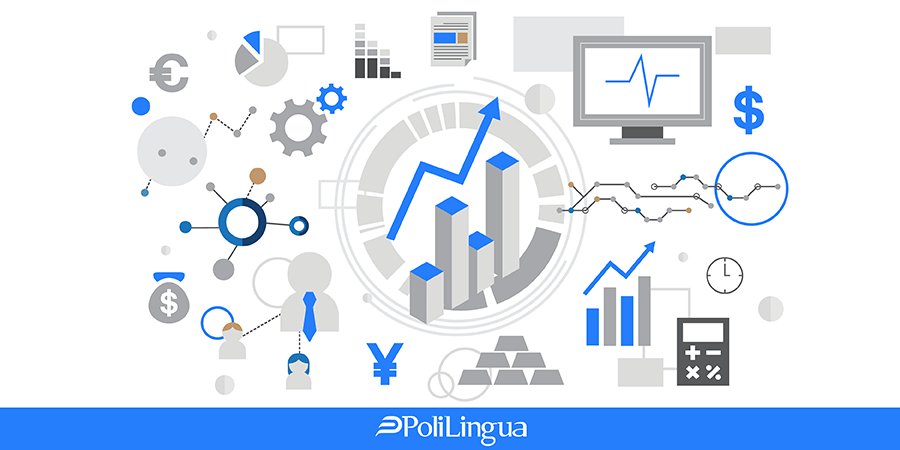
Translation services rates: How are they priced in different markets?
“Pricing is actually a pretty simple and straight forward thing. Customers will not pay literally a penny more than the true value of the product.”– Ron Johnson
Pricing is one of the classic “4 Ps” of the marketing mix (product, price, place and promotion). Your pricing influences how the market perceives your offering. Your price sends a strong message to your market – it needs to be consistent with the value you are delivering.
As the value proposition of translation services is operational efficiency, then your price needs to be extremely competitive. A 1% improvement in your pricing strategy can add up to an 11% increase in your profits. In the translation industry a project requires an accurate pricing strategy based on its distinct features.
We researched the rates in the translation industry and came up with the following pricing structure:
- Per word
This is the most popular and common calculation you will find in the industry. Per-word pricing is very convenient and fair for all stakeholders involved. Each quote is tailor-made to the clients’ specific needs. Prices can vary greatly and are often much lower than the gross calculation result. Pricing is also dependent on the genre of the content: standard or technical. The overall average rate across 10 target languages and across 75 LSPs (language service providers) in the United States is USD 0.20 per word for technical content and 0.13 for standard content. Another survey on rates in the European market for translation and interpretation displays a remarkable consistency across language combinations. For translation services the average price seems to be around EUR 0.15— a fairly solid price point, considering that many global agencies now offer end-clients a lower price.
Based on industry experience the translation from English to Spanish comes with a much more expansive text due to its context comprehension. In other words, 2,000 English words may become 2,400 Spanish words after translation is completed and the price will therefore increase. Some companies quote “per thou” aka per thousand words, therefore, if charged on US soil, a 2000 word article will cost around $400.
- Per line
In Central Europe prices are often based on standard lines and the target language for the translation. Per line is the normal basis of calculation of normal difficulty translations, so it makes price comparisons easier. A standard line contains 55 characters which includes the spaces between words. In this case prices vary from EUR 1.50 - 2.20.
Let’s take German as an example. When translating from German to English the target text is going to have more words than the source text. Many agencies prefer to charge by line, where, according to European standards, 1 line = 55 characters which includes the spaces in the target language. This seems to be the standard and calculation is easy. It gets tricky when we need to compare rates for words vs. lines. An example in the case of German to English translation: 1 line constitutes approximately 8 words.
- Per page
Some companies charge to translate the content based on the document’s number of pages. Per‐page pricing works well for documents where an electronic word count cannot be obtained. A good example of this would be any documents scanned to a PDF file, such as medical records and court documents. The language services company usually quotes about $100 per page.
Italian translation agencies, for example, prefer to calculate the cost of their translation projects per page. European standards measure 1 line = 55 characters, which includes spaces in the target language. A document translated from English to Italian is therefore going to have more characters in the target language.
- Per hour
It is not very often that companies charging for translation services will charge by the hour as it is subjective. It is hard to estimate the amount of effort each translation project will take. Per‐hour pricing is more suitable for editing and updating an already translated content.
- Flat fee
A flat fee can be agreed upon when it comes to translation of Chinese or other CJKV characters (Chinese, Japanese, Korean, Vietnamese) texts. Per‐word and per‐page pricing doesn’t make economic sense for such projects. It is worth noting that certain projects cannot be calculated per page, but are better calculated according to volume or quantity. These projects usually require additional project management, research, and additional services. Such projects often include handwritten texts, scanned pages, engineering content and retyping of projects.
- Minimum price
Minimum fees charged by language services companies are usually for small projects, considered to be any document that contains up to 250 words of content.
- Customized
There are some others factors that shape the price of translation service to suit an individual project, such as:
- the complexity of the subject matter
- the language combination
- a discount for ongoing commitment with a client looking for partnership based on a consistent volume of work
- quicker turnaround time for translation service demands a higher rush fee
- editing and proofreading are related services that are usually priced separately.
Now that you have some detailed information about the models and structures of translation service rates, we hope that you will design your service’s price to be good and attractive. No matter how you do the math, in the end it is the bottom line is that matters.







